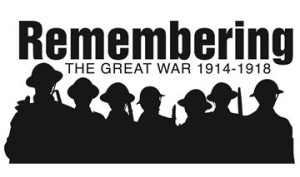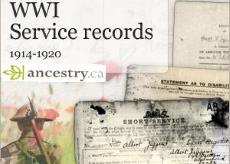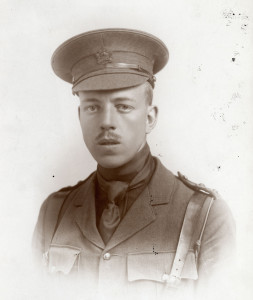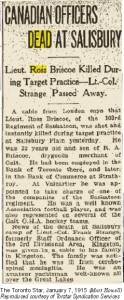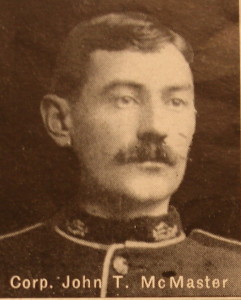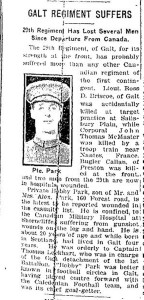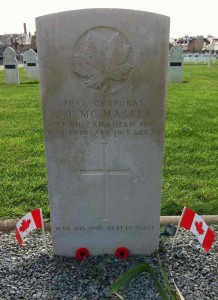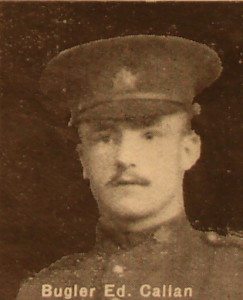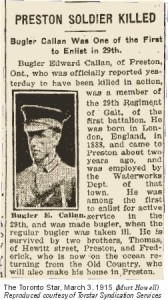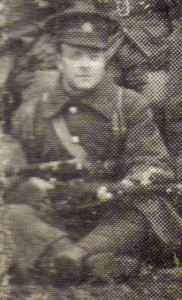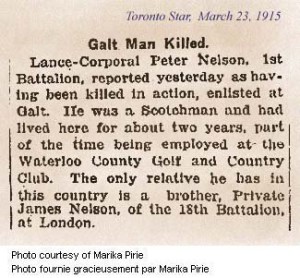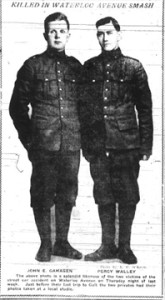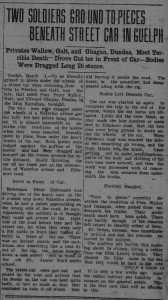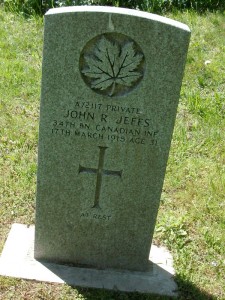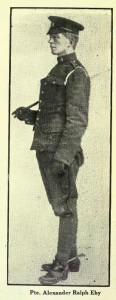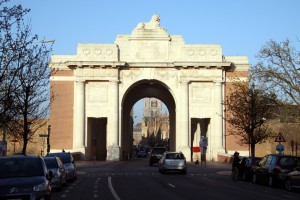The purpose of this website is to examine how the Waterloo Region experienced the First World War. A significant part of this experience was the loss of regional men therefore, discussing the lives of the region’s war dead is an essential section of this website. In 2014, The Record created the “Remembering The Great War” database containing basic information on the 469 local men and one woman who died in the First World War. In order to avoid simply restating this information we have attempted to breathe life into the lives of these soldiers by constructing short biographies of each with a focus on the their lives prior to enlistment. This project is ongoing; therefore, at this time the section contains stories on the region’s soldiers killed in 1915.
This project can only be crafted thanks to the hard work of various organizations dedicated to commemorating Canadian war dead. Through archives around the world undertaking the long process of digitizing and releasing their holdings online, projects such as these can exist. Below are the major resources used to bring these soldier’s stories to life. If you are interested in conducting research on your own ancestors, click on the pictures below, and they will direct you to in your search.
We hope that these stories will help to humanize and localize the First World War experience. Thank you.
